
Hello! My name is Marcia Riederer, I am from Brazil but have been living in Australia for the past 14 years. I have always been passionate about the ocean and wildlife. I grew up watching documentaries and looking at National Geographic magazine photos.
My day job is with threatened species policy in the Victorian (Australia) government. My team assesses the threats to our native flora and fauna species and develop policies to deliver the best conservation outcomes in partnership with stakeholders. Sometimes I have the opportunity to attend some exciting field trips to photograph the action. For example, we recently translocate (the capture and release of animals in the wild to establish or augment a population) the critically endangered bird called Eastern Bristlebird, to establish a new population in a predator-free sanctuary for endangered wildlife. My photos are often used to illustrate government documents and media publications.
I got my open water scuba diving qualification many years ago, but it was only since then I discovered the amazing possibilities of shore dives in Port Phillip Bay (very close to home) that I became a regular diver. Now I spend a big part of my time underwater, looking for new creatures to photograph and chasing the beautiful light. I love travelling to new dive and snorkel sites but never get tired of getting back to Lady Elliot Island – a little gem south of the Great Barrier Reef.
I am very lucky to have some very exciting natural phenomena happening at my doorstep, like the aggregation of the giant spider crabs. For a couple of weeks each year, we can see hundreds of thousands of large crabs congregating and building huge piles in preparation for their moulting. I always love to see my photos used to increase knowledge and awareness but mostly when they can achieve conservation for wildlife and change people’s attitude towards the ocean.
I currently use a Canon 5D Mark IV in a Nauticam underwater housing and two Inon Z240 strobes. Before each dive, I have a serious internal debate to choose if I will take a macro or a wide-angle lens, as I never know what I am going to find, and more importantly what I am going to miss out on.
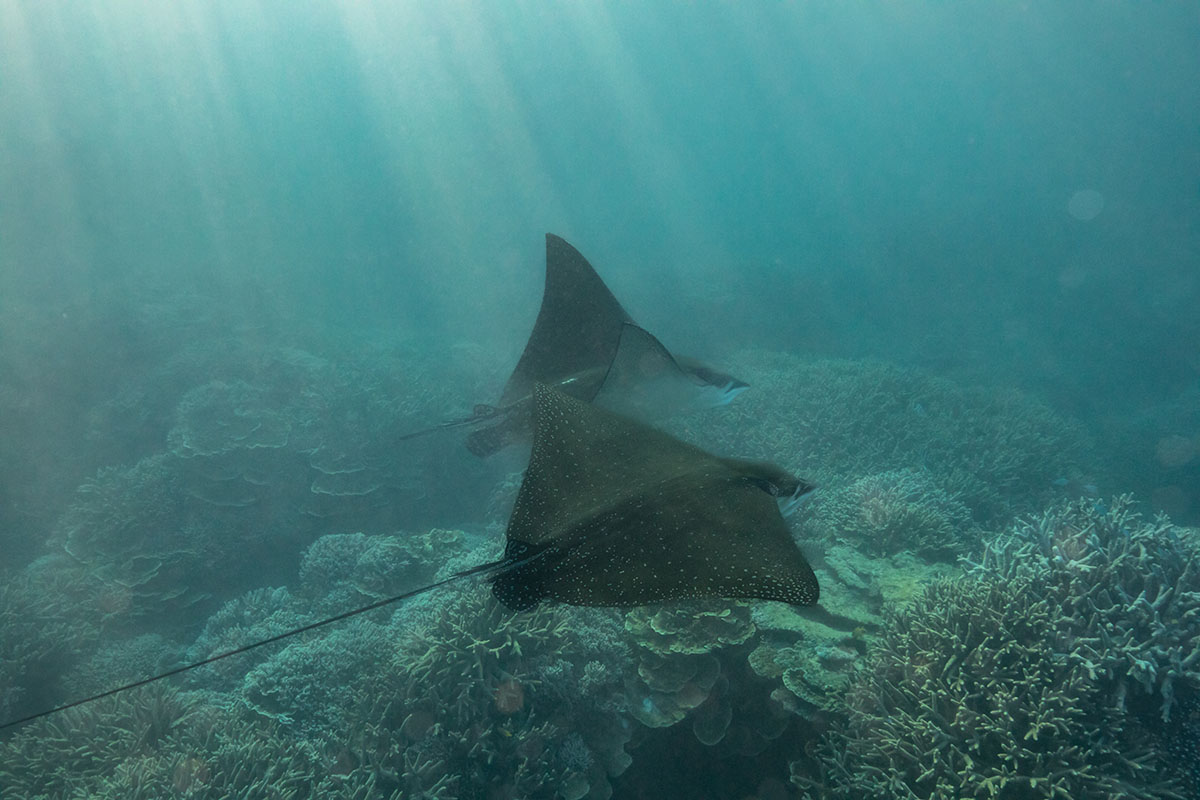
Whitespotted eagle rays Great Barrier Reef, Queensland, Australia

Giant spider crab aggregation Port Phillip Bay, Victoria, Australia
‘Crabs cannot simply grow; they must break their shells to expand the soft flesh beneath and harden a new shell. This process leaves crabs clumsy and vulnerable without their armour. That’s thought to be one reason they clump together in such big numbers – to keep each other safe’

Maori octopus Port Phillip Bay, Victoria, Australia
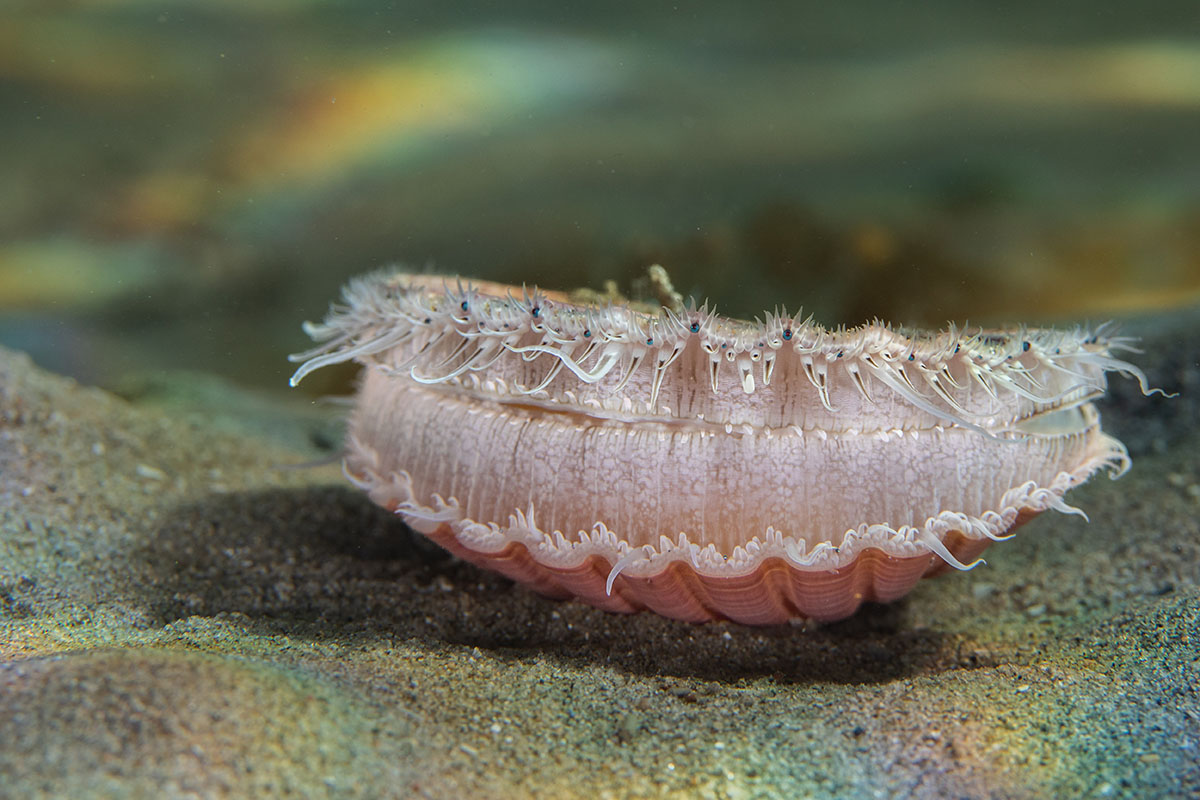
Scallop Port Phillip Bay, Victoria, Australia
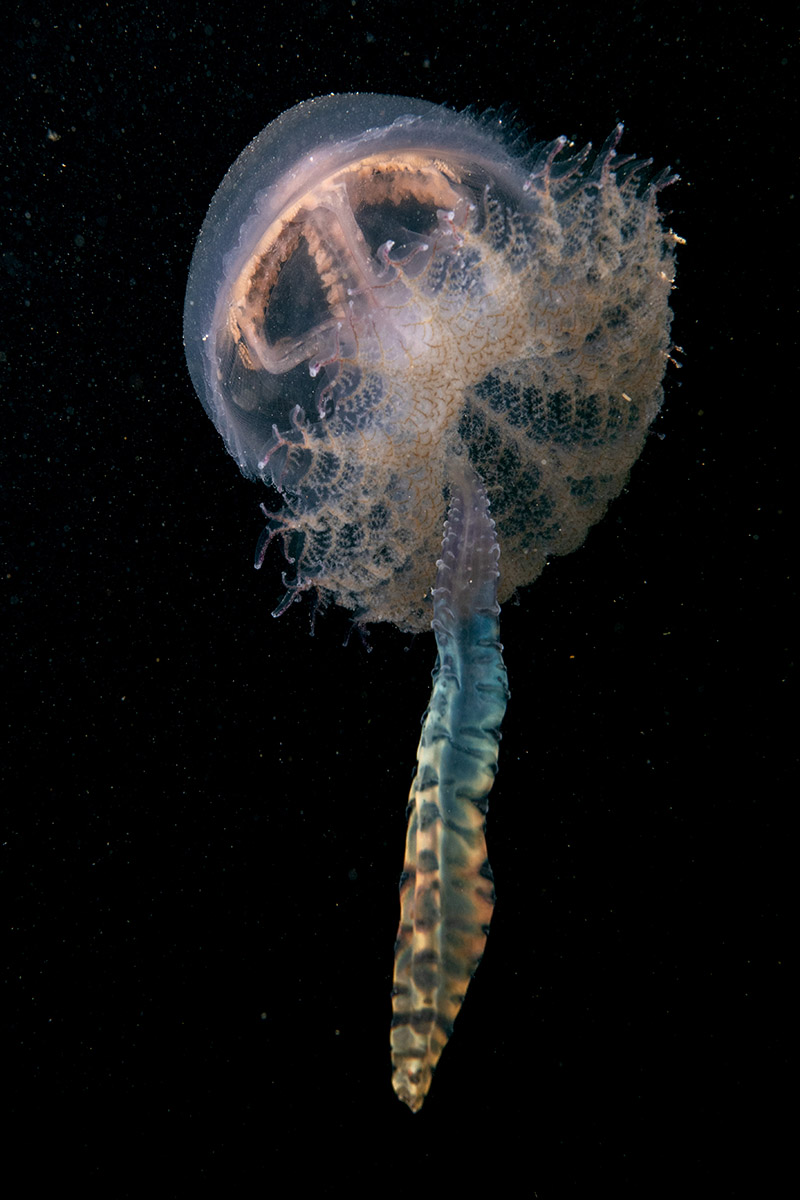
Haekel’s jellyfish Port Phillip Bay, Victoria, Australia

Australian fur seal pups Montague Island, New South Wales, Australia
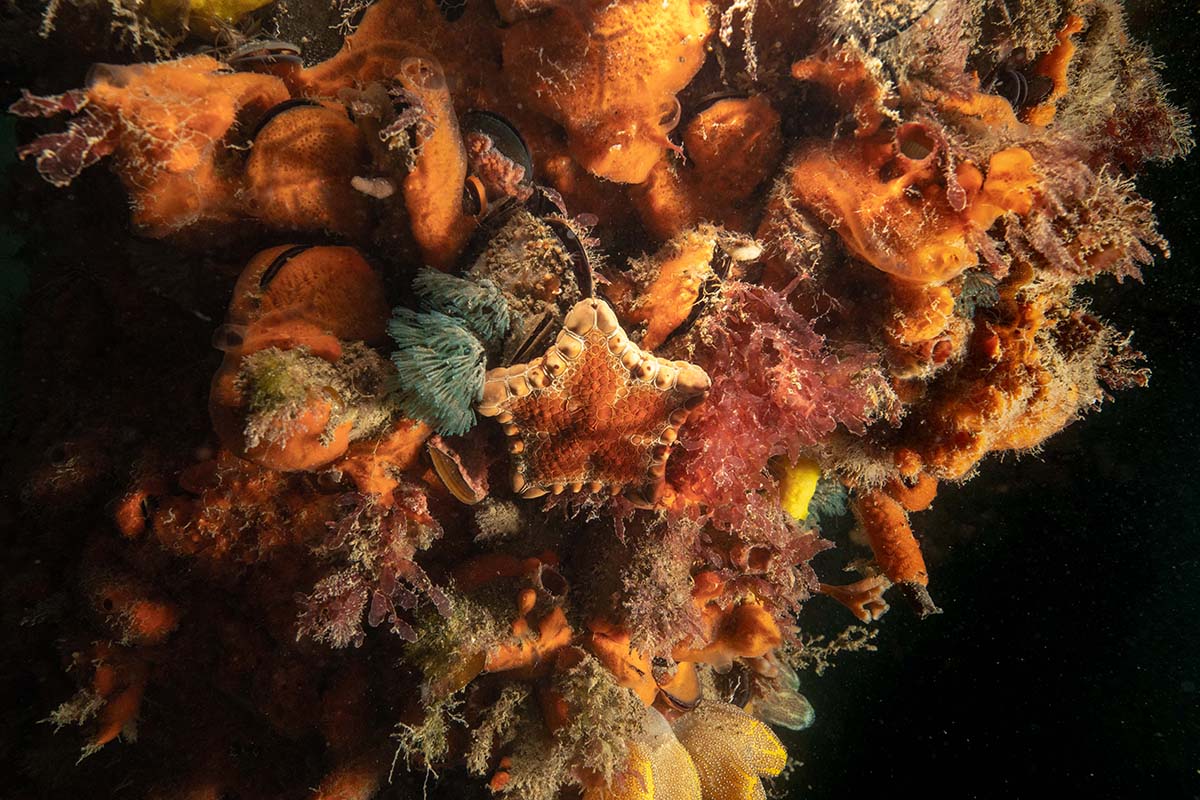
Biodiversity of the pier pylon Port Phillip Bay, Victoria, Australia

Big belly seahorse Port Phillip Bay, Victoria, Australia
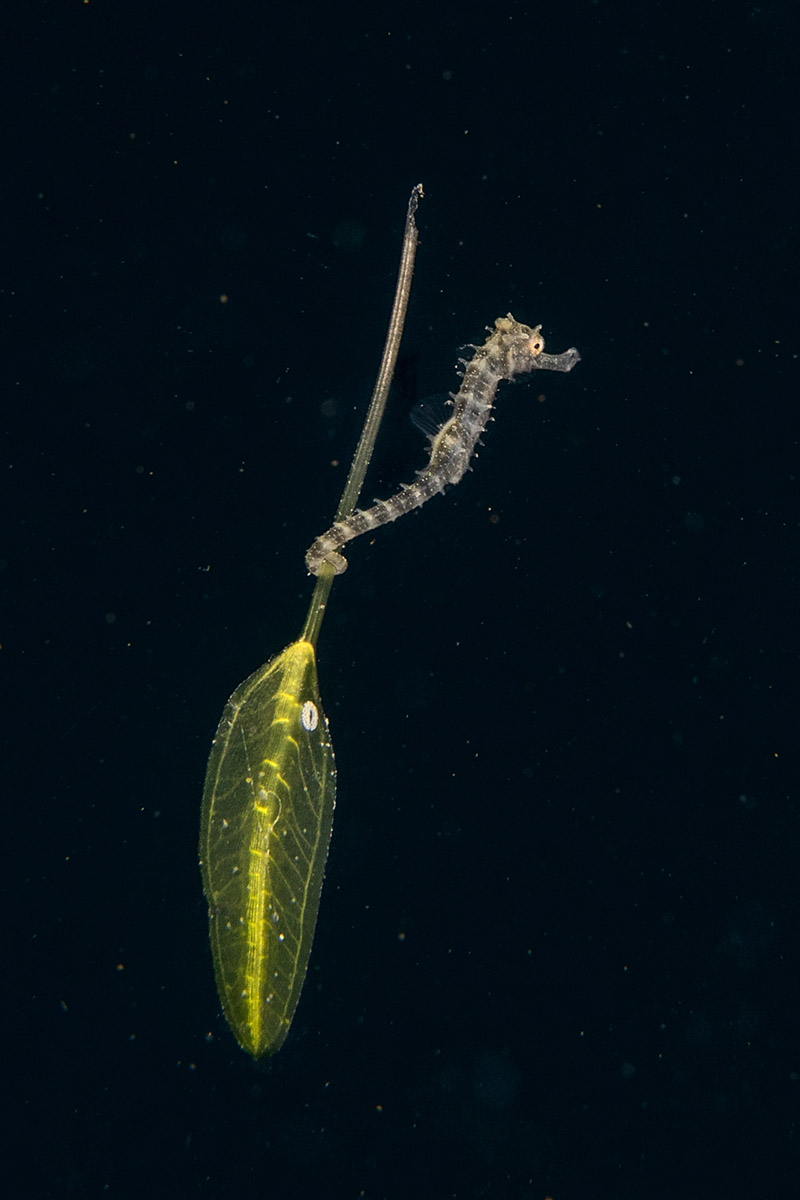
Baby seahorse Port Phillip Bay, Victoria, Australia

Humpback whale Tonga
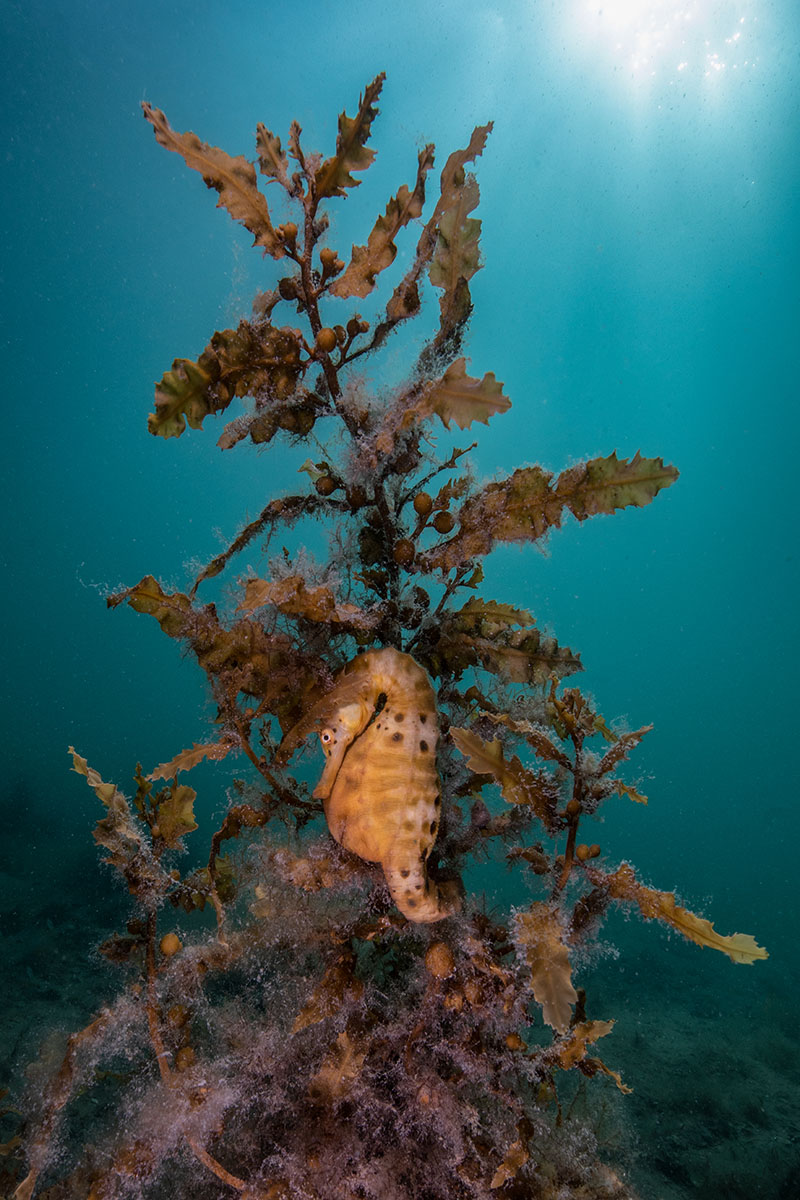
Big belly seahorse Port Phillip Bay, Victoria, Australia

Humpback whale and snorkeller Tonga
‘After a week of unsuccessfully trying to find a friendly whale keen to share a swim with me, on my last day I came across two sleeping beauties. So, we waited until they woke up and surfaced for a big breath’
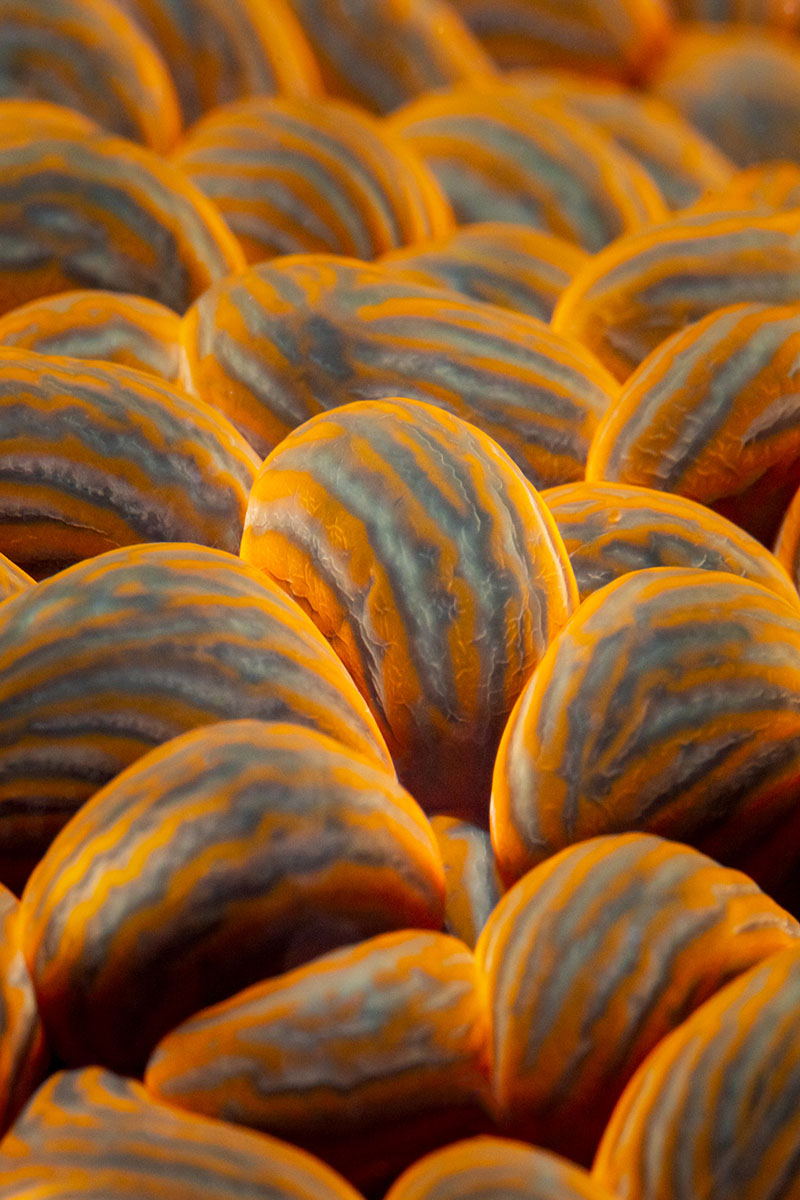
Swimming anemone beans Port Phillip Bay, Victoria, Australia

Cuttlefish Port Phillip Bay, Victoria, Australia

Turtle split shot Great Barrier Reef, Queensland, Australia

Macro of a leather jack eye Port Phillip Bay, Victoria, Australia

Maori octopus Port Phillip Bay, Victoria, Australia
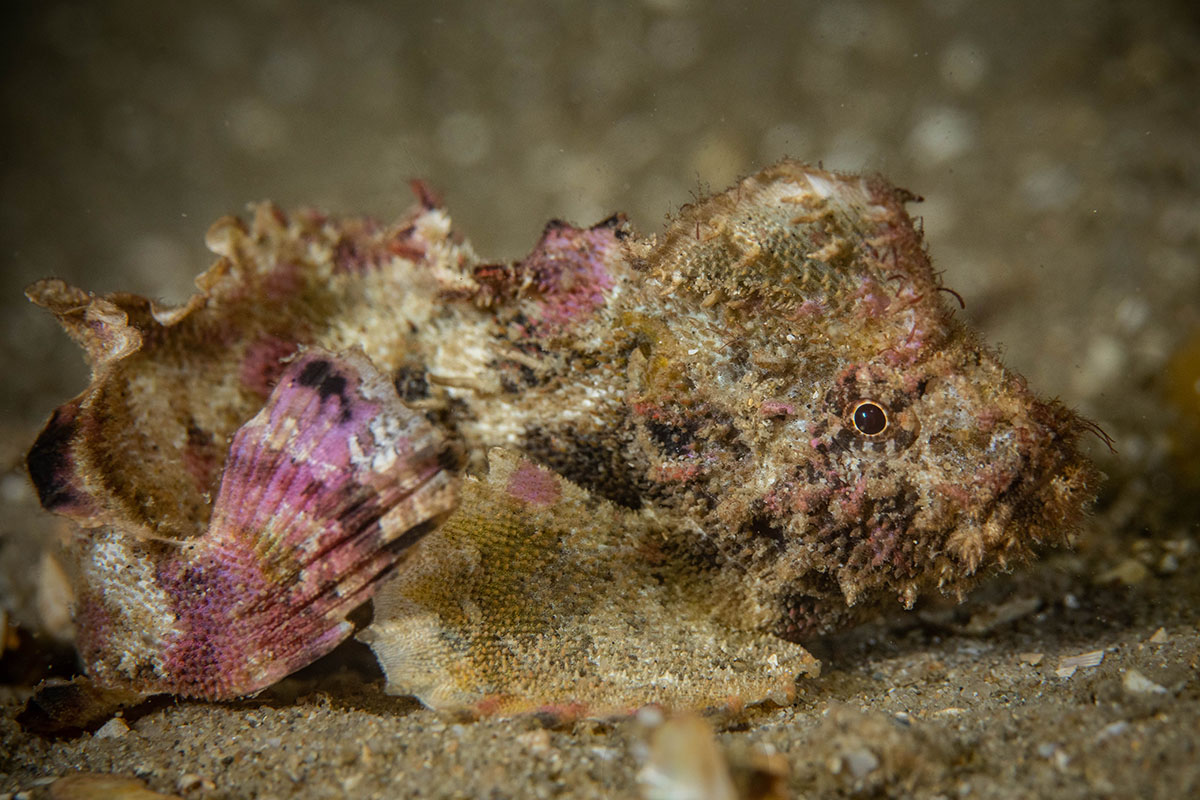
Southern velvetfish Port Phillip Bay, Victoria, Australia
Find more from Marcia on her Instagram @marciariederer
If you’d like to see your underwater photography published on these pages and shared across our social media feed and weekly newsletter, why not drop us a line at info@divemagazine.com.


